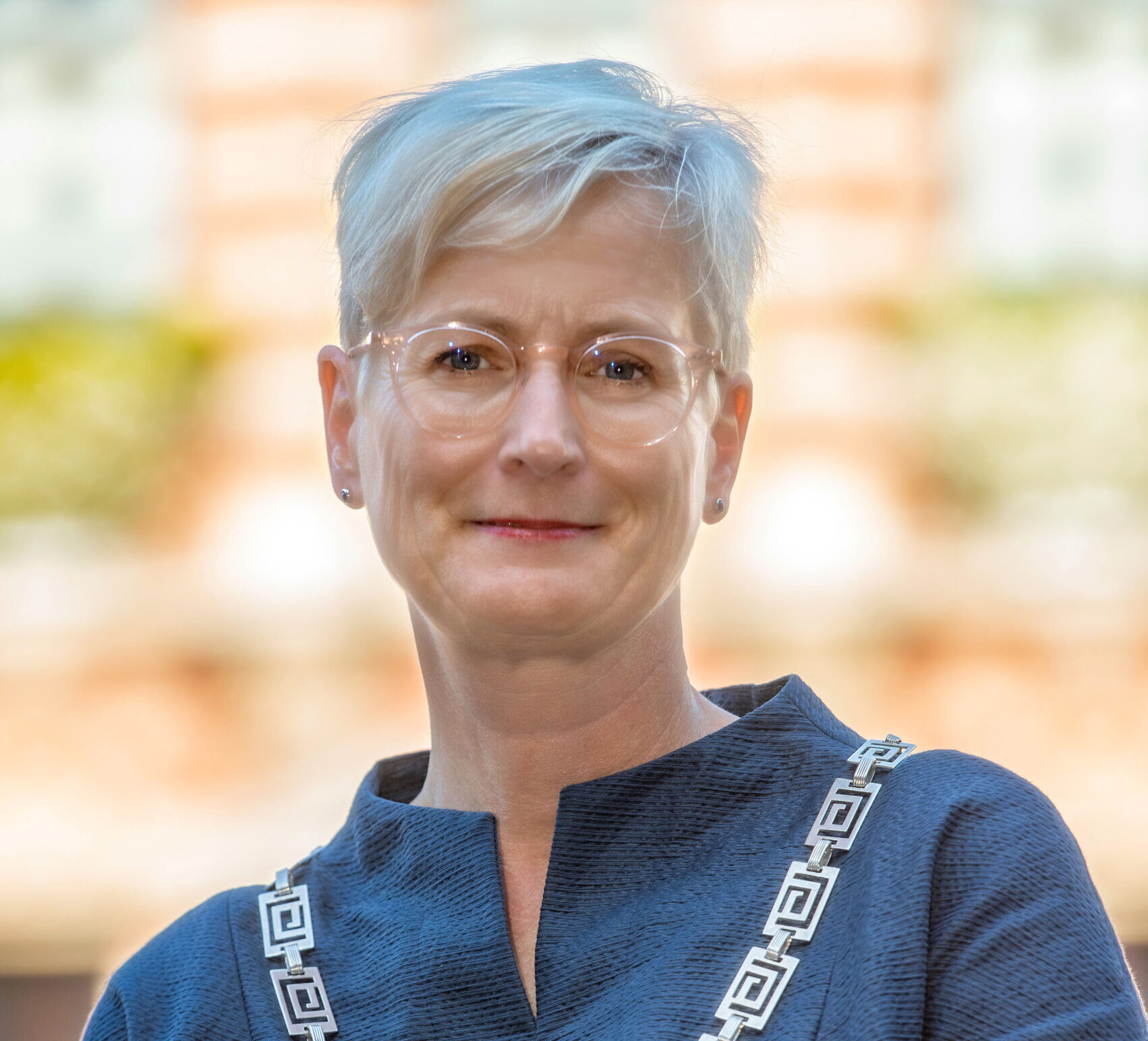Eurode History Mile



The micro-project “Eurode History Mile” is co-financed within the framework of the project People to People2 Interreg V-A EMR with funds from the European Regional Development Fund (ERDF) and the Euregio Meuse-Rhine (EMR) as well as the competition “Europe at home” of the Land NRW.
The Neustraße/Nieuwstraat stands for the common history of the two municipalities of Kerkrade and Herzogenrath, which have formed the friendly partnership “Eurode” since 1991 and have formally cooperated in the Zweckverband Eurode since 1998. For centuries, the “Land of Rode” was united, whereby the Neustraße was initially only a transport route, like many other roads. Built early on as a cobblestone road for transporting coal, it became something special and united the residents through family, friendship and business connections.
Neustraße developed into a commercial street with many shops and pubs. Two large collieries were located directly on Neustraße and the tram ran directly across Neustraße. Even after the separation in 1815/1816 into the Prussian and Dutch kingdoms, the inhabitants felt themselves to be one people with a common language.
The first break came when the border fence was erected during the First World War. Life changed radically for the inhabitants. Suddenly, residents on the Dutch side could no longer leave their houses through the front doors, but only through the back door. Within a very short time, a border became visible that had never existed before. The residents and also the municipal authorities, who had always been on friendly terms, did not want this border demarcation and after the First World War, when the border fences and barbed wire disappeared, “normal” life returned to Neustraße. However, only for a short time, because the dark clouds of the Nazi regime and the associated Second World War again dramatically changed the coexistence of the two communities, which manifested itself on Neustraße in the form of new barbed wire fortifications.
This time the effects of the war were too severe. After the end of the war, the population did not manage to assert itself against the aspirations of the national governments: The border remained! Through the commitment of local politicians and many active citizens, the border fortifications became smaller and smaller, but only after 50 years did they finally disappear. The history of the world wars, especially the Second World War, left its mark. Friendships, family relationships remained, but not as pronounced – the common language was almost completely lost.
The “Eurode History Mile” is intended to bring the diverse history and current significance of the street to life. The common history, the dividing and, more importantly, the unifying aspects are tangible. For almost 30 years now, the border fortifications have no longer existed, the Neustraße has been a common European road – this is something to be celebrated and preserved.
The “Eurode History Mile” is an ongoing cross-border project[1] in which many Dutch and German citizens have participated. All Eurode citizens are invited to continue to contribute their memories and stories on the homepage www.geschichtsmeile.eu and www.geschiedenismijl.eu in order to make the history of the New Road tangible and to strengthen the neighbourly relations of the Eurode communities.

Bürgermeister Stadt Herzogenrath
Dr. Benjamin Fadavian


Burgemeester Gemeente Kerkrade
Dr. Petra Dassen-Housen


Stichting Eurode 2000+
Anne Marie Fischer-Otten


Städteregionsrat Aachen
Dr. Tim Grüttemeier

[1] Supported with European funds from the Interreg V-A EMR project “People to People”.
